We are the generation that lives off junk food and fast internet
speeds. Some of us sit around with growing stomachs and others with
growing diet charts. Whatever the case may be, in both situations there
are many food items that we eat that are harmful for us. Even the food
that has been sold as “healthy” can have rather damaging effects on our
body.
Being young and in good health – none noticeable as yet – we don’t really care about our intake so long at tastes good and fills us. In the long run, however , we face a number of health related issues from gastroenteritis to high blood pressure, diabetes, pains and aches, cancer, and other rather ailments that are extremely threatening to our lives. Obesity, diabetes and heart disease are the three most deadly diseases that threaten are day to day lives. Foods that may simply be an add-on can be more dangerous than we can imagine. Sugar for example is listed as the public enemy number one. Little amounts in tea and coffee may not do too much noticeable damage but donuts glazed in sugar, sweets like gummy bears and the like, consist primarily of various types of sugar. What starts out as a single cavity might end up as a life-long ailment of diabetes.
Another kind of food over-taking our society is fast-food. The innumerable number of fast-food chains makes it simple and easy to get some of tastiest food at your beck and call. Everything from deliciously meaty burgers, to deep fried fries and ketchup, pizzas and bagels and the lot. Just the thought of this kind of food is enough to get our saliva glands working. Eventually these are the things that cause the fat build up and hardened arteries and slowly but surely bring down our lifespan. Fighting diseases is quite a handful when you have so many tasty treats to choose from; even enabling ones will power and restraint becomes a task that can actually be exhausting. Club that together with pure laziness and it will equal a rather unhealthy person with a list of complications they might suffer from later on in life.
Keeping one’s health in check not only gives the person a longer life but increases energy, memory capacity and a whole bunch of other wonderful things occur thanks to keeping fit. It makes the person’s life better rounded than most.
Having said that here are the top 10 most harmful foods that you should most definitely avoid:

Writing condemning points about bacon hurts me but facts are indeed, facts. Bacon has both nitrates and nitrites and has been linked with cancer and blood disease. It has a crazy fat content with saturated and polyunsaturated fats as well as high sodium content: one slice of bacon contains 150 milligrams of sodium.
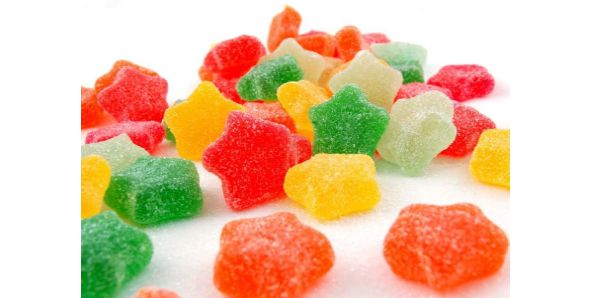
Candy and sweets have a lot of surface effects on the body like tooth decay and weight gain but these also lead to certain diseases like diabetes, etc. An excess of candy can cause children’s teeth to rot and fall off at a very young age. It can also cause lifelong diabetes in adults. A candy or two a day or every few days won’t be too damaging however in excess it has some drastic effects on the human body.
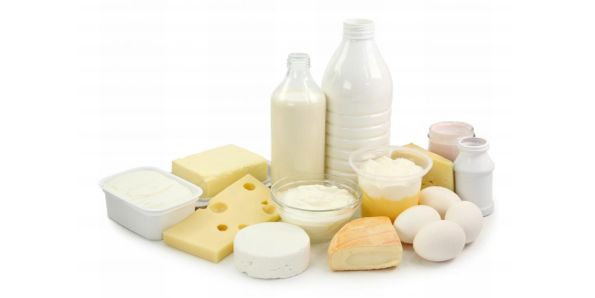
Natural as they may be, these products have some far reaching effects if consumed in excess. Some people are completely lactose intolerant. First there is the problem of flatulence where gas in the digestive tract may occur when the bacteria in the large intestine breaks down undigested food. The low levels of lactase caused by lactose consumption increases the amount of undigested sugars in the body. Then there is nausea and malnutrition to add to the list.
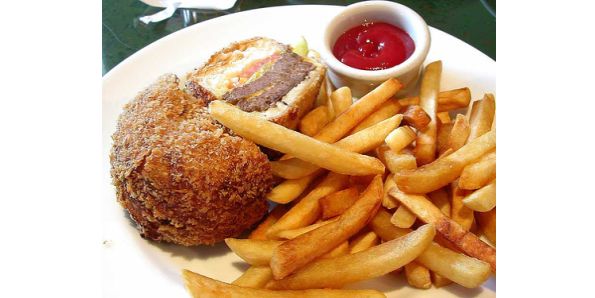
A lot of the time fried foods and fast food go hand in hand. And like fast food, fried items on the menu have the same consequences. High in calories and just generally unhealthy for one’s system. From heart disease, diabetes, gastroenteritis, bad eating habits, obesity, slowing down of the metabolic rate, high BMI, etc., fried food may be tasty but also rather deathly in the long run.
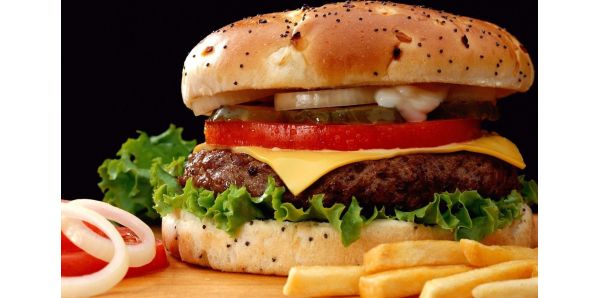
Frankly, I don’t think many good things have been said about fast food in general, everything associated with it have been negative comments and opinions, besides of course the mindblowing flavours blowing your mind and tastebuds to bits. One of the major effects is obesity which invariably leads to heart disease and type 2 diabetes. It also leads to peptic ulcers in the gastrointestinal tract and irregular eating habits which messes up the metabolism of the body and digestion, etc.

Regardless of all the hype dark chocolate has been given for all its positive effects on our health, everything comes with its pros and cons and so does chocolate. One bar of milk chocolate that has 1.55 ounces or 44 grams, contain 235 calories, 13 grams of fat, and 221 grams of sugar. One ounce of dark chocolate contains 156 calories, 9 grams of fat and 13 grams of sugar. All of this puts you at a great risk of obesity and heart failure. The added sugar has no nutritional value whatsoever. Plus there is the risk of diabetes and cavities. Chocolate also enables the lower esophageal sphincter to relax and that causes all your stomach content to travel back upwards and that leads to the burning sensation in your chest.
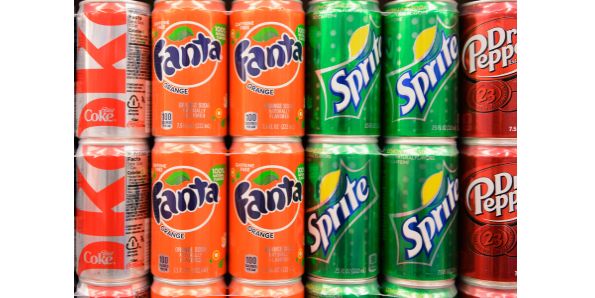
Sodas may temporarily be satisfying your thirst, diet coke may have you psychologically convinced that you are not adding to your waistline but you are sadly mistaken. Firstly, in an eleven yearlong study, Harvard held an experiment which showcased women who drank diet coke had a two-fold increase of kidney decline. To add to this, there is a 34% increase in metabolic syndrome, the increase in belly fat and cholesterol leads to the risk of heart failure. The artificial sweetner completely makes the idea of diet coke ironic since it adds to your calorie intake. Being rather acidic, sodas tend to erode your enamel and your teeth begin to rot.
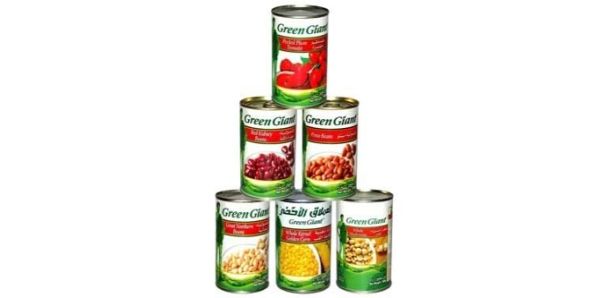
Though they may be vegetables they are also one of the top foods to avoid according to experts. BPA or Bisphenol A is an organic compound used to make various plastics and is found in most food storage products. BPA may protect cans from metal corrosion and bacteria but they lead to neural development in foetuses, endocrine disorders, heart disease and cancer. Canned foods also pose a high sodium risk, especially those on a low salt diet. Including that they contain sulphites as preservatives and at least one in a hundred people are sensitive to sulphites.
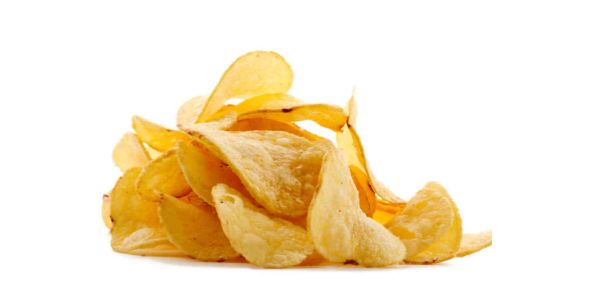
This has to – by far – the most addictive item of food I have had the pleasure of experiencing. And as many times as any other person I have completely and proudly ignored the warnings of the harmful effects of chips. Those deep fried, sometimes salty, sometimes tangy slices of potato are far too irresistible for me. But I should probably tell you about these harmful effects: first of all, the weight gain is ridiculous. One ounce of plain potato chips contains at least 150 calories. Secondly, it is very low in nutrition. Thirdly, the sodium content in the chips may lead to cardiovascular ailments like high blood pressure, etc. Lastly, the high fat content also leads to high cholesterol. 15 to 20 chips now don’t seem worth it with all that comes along with it.
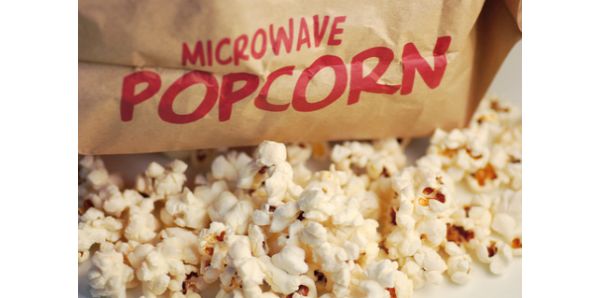
Simple, quick and delicious – it’s hard not to love this buttery corn that simply melts in your mouth but it’s probably best you stick to some organic corn in oil that you can trust popping away in your cooker. Recent reports from the FDA claim that an FDA-approved chemical was found in the fake butter flavouring. It also reported that a chemical coating used in microwave popcorn bags breaks down when heated. These two are what have just been discovered and have been known to cause lung and heart diseases. So next time, you might want to consider getting some regular corn and olive oil, it even tastes better!
Source: http://top-10-list.org/2014/05/27/top-10-most-harmful-foods-for-the-body/2/
Being young and in good health – none noticeable as yet – we don’t really care about our intake so long at tastes good and fills us. In the long run, however , we face a number of health related issues from gastroenteritis to high blood pressure, diabetes, pains and aches, cancer, and other rather ailments that are extremely threatening to our lives. Obesity, diabetes and heart disease are the three most deadly diseases that threaten are day to day lives. Foods that may simply be an add-on can be more dangerous than we can imagine. Sugar for example is listed as the public enemy number one. Little amounts in tea and coffee may not do too much noticeable damage but donuts glazed in sugar, sweets like gummy bears and the like, consist primarily of various types of sugar. What starts out as a single cavity might end up as a life-long ailment of diabetes.
Another kind of food over-taking our society is fast-food. The innumerable number of fast-food chains makes it simple and easy to get some of tastiest food at your beck and call. Everything from deliciously meaty burgers, to deep fried fries and ketchup, pizzas and bagels and the lot. Just the thought of this kind of food is enough to get our saliva glands working. Eventually these are the things that cause the fat build up and hardened arteries and slowly but surely bring down our lifespan. Fighting diseases is quite a handful when you have so many tasty treats to choose from; even enabling ones will power and restraint becomes a task that can actually be exhausting. Club that together with pure laziness and it will equal a rather unhealthy person with a list of complications they might suffer from later on in life.
Keeping one’s health in check not only gives the person a longer life but increases energy, memory capacity and a whole bunch of other wonderful things occur thanks to keeping fit. It makes the person’s life better rounded than most.
Having said that here are the top 10 most harmful foods that you should most definitely avoid:
1. Bacon

Writing condemning points about bacon hurts me but facts are indeed, facts. Bacon has both nitrates and nitrites and has been linked with cancer and blood disease. It has a crazy fat content with saturated and polyunsaturated fats as well as high sodium content: one slice of bacon contains 150 milligrams of sodium.
2. Sweets and Candy

Candy and sweets have a lot of surface effects on the body like tooth decay and weight gain but these also lead to certain diseases like diabetes, etc. An excess of candy can cause children’s teeth to rot and fall off at a very young age. It can also cause lifelong diabetes in adults. A candy or two a day or every few days won’t be too damaging however in excess it has some drastic effects on the human body.
3. Dairy Products

Natural as they may be, these products have some far reaching effects if consumed in excess. Some people are completely lactose intolerant. First there is the problem of flatulence where gas in the digestive tract may occur when the bacteria in the large intestine breaks down undigested food. The low levels of lactase caused by lactose consumption increases the amount of undigested sugars in the body. Then there is nausea and malnutrition to add to the list.
4. Fried Foods

A lot of the time fried foods and fast food go hand in hand. And like fast food, fried items on the menu have the same consequences. High in calories and just generally unhealthy for one’s system. From heart disease, diabetes, gastroenteritis, bad eating habits, obesity, slowing down of the metabolic rate, high BMI, etc., fried food may be tasty but also rather deathly in the long run.
5. Fast Food

Frankly, I don’t think many good things have been said about fast food in general, everything associated with it have been negative comments and opinions, besides of course the mindblowing flavours blowing your mind and tastebuds to bits. One of the major effects is obesity which invariably leads to heart disease and type 2 diabetes. It also leads to peptic ulcers in the gastrointestinal tract and irregular eating habits which messes up the metabolism of the body and digestion, etc.
6. Chocolate

Regardless of all the hype dark chocolate has been given for all its positive effects on our health, everything comes with its pros and cons and so does chocolate. One bar of milk chocolate that has 1.55 ounces or 44 grams, contain 235 calories, 13 grams of fat, and 221 grams of sugar. One ounce of dark chocolate contains 156 calories, 9 grams of fat and 13 grams of sugar. All of this puts you at a great risk of obesity and heart failure. The added sugar has no nutritional value whatsoever. Plus there is the risk of diabetes and cavities. Chocolate also enables the lower esophageal sphincter to relax and that causes all your stomach content to travel back upwards and that leads to the burning sensation in your chest.
7. Sodas

Sodas may temporarily be satisfying your thirst, diet coke may have you psychologically convinced that you are not adding to your waistline but you are sadly mistaken. Firstly, in an eleven yearlong study, Harvard held an experiment which showcased women who drank diet coke had a two-fold increase of kidney decline. To add to this, there is a 34% increase in metabolic syndrome, the increase in belly fat and cholesterol leads to the risk of heart failure. The artificial sweetner completely makes the idea of diet coke ironic since it adds to your calorie intake. Being rather acidic, sodas tend to erode your enamel and your teeth begin to rot.
8. Canned Vegetables

Though they may be vegetables they are also one of the top foods to avoid according to experts. BPA or Bisphenol A is an organic compound used to make various plastics and is found in most food storage products. BPA may protect cans from metal corrosion and bacteria but they lead to neural development in foetuses, endocrine disorders, heart disease and cancer. Canned foods also pose a high sodium risk, especially those on a low salt diet. Including that they contain sulphites as preservatives and at least one in a hundred people are sensitive to sulphites.
9. Chips

This has to – by far – the most addictive item of food I have had the pleasure of experiencing. And as many times as any other person I have completely and proudly ignored the warnings of the harmful effects of chips. Those deep fried, sometimes salty, sometimes tangy slices of potato are far too irresistible for me. But I should probably tell you about these harmful effects: first of all, the weight gain is ridiculous. One ounce of plain potato chips contains at least 150 calories. Secondly, it is very low in nutrition. Thirdly, the sodium content in the chips may lead to cardiovascular ailments like high blood pressure, etc. Lastly, the high fat content also leads to high cholesterol. 15 to 20 chips now don’t seem worth it with all that comes along with it.
10. Microwave Popcorn

Simple, quick and delicious – it’s hard not to love this buttery corn that simply melts in your mouth but it’s probably best you stick to some organic corn in oil that you can trust popping away in your cooker. Recent reports from the FDA claim that an FDA-approved chemical was found in the fake butter flavouring. It also reported that a chemical coating used in microwave popcorn bags breaks down when heated. These two are what have just been discovered and have been known to cause lung and heart diseases. So next time, you might want to consider getting some regular corn and olive oil, it even tastes better!
Source: http://top-10-list.org/2014/05/27/top-10-most-harmful-foods-for-the-body/2/
















